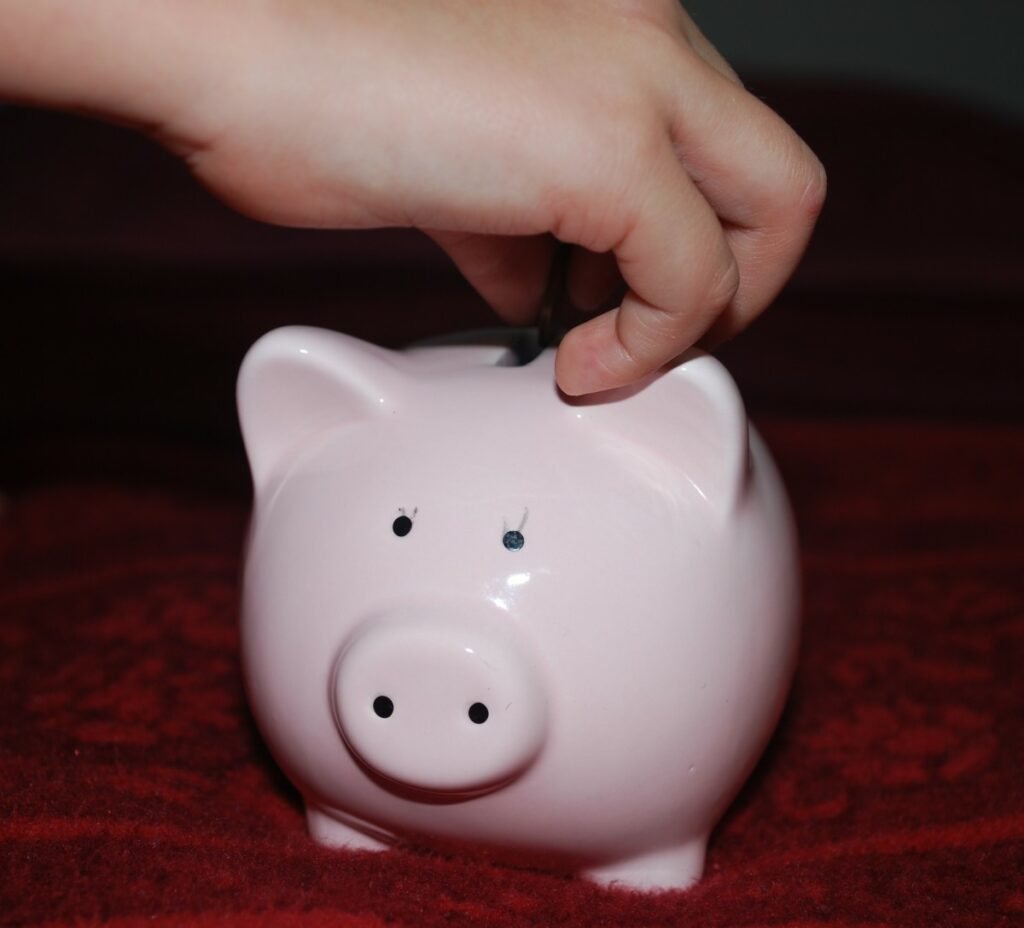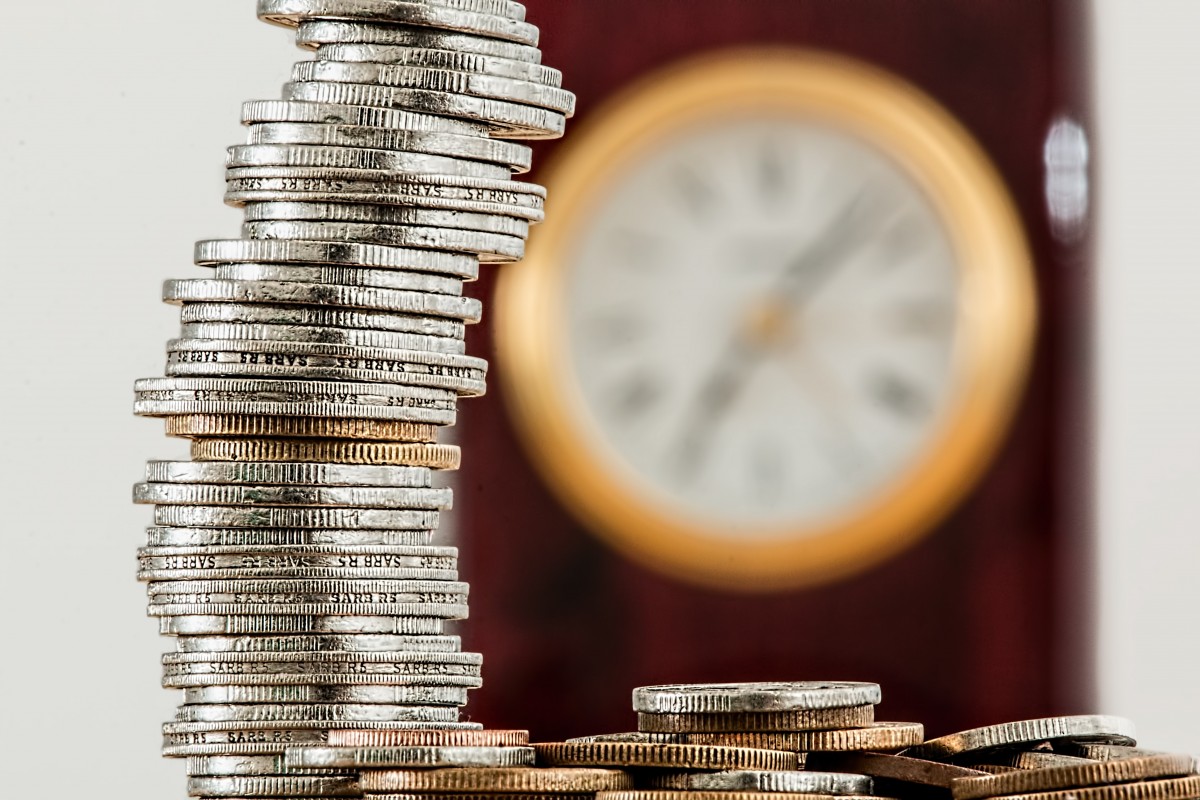Many parents still underestimate their financial literacy. Although children are often taught at school, it is also up to their parents to guide children to the proper handling of money and property.
Indebtedness of young people is an increasingly common problem, which may also be the result of a bad example in the family or the absence of any education in the field of farming.
Lead your children to financial literacy from an early age, in the future your efforts will show. How to do it?
Children aged 2 – 3 years
Obviously, at this age, children are not able to fully understand the importance of finance. However, what they already understand is the in-store purchasing system. Play shop with them. Kids love such games and they also learn something.
Another way to introduce young children to finance is to play with coins. Have the children divide them into chimneys, determine colors and shapes.
Children aged 4 – 5 years
Create a “discount coupon” for a preschooler on one specific thing. At the store, hand over the coupon and ask the child to find the product from the coupon. Children get the feeling that they are useful and will learn something.
The second way to prepare children for the future is to play at a restaurant. First, the children will learn how to prepare the board, the right dining habits and, above all, pay for the expenses. Use “fake” play money for the game.
When a child longs for a toy, don’t give him money all at once. If it is a toy for a reasonable price (up to 100 CZK), explain to him that he has to save for it. Then start giving him 5 CZK every day.

Children aged 6 – 9 years
When a child receives change from you to save for a desired toy, he has to hide his money somewhere. Create a money box together or arrange the glasses. Develop children’s creativity along with financial literacy. If you are going to a bank meeting, take the schoolboy with you.
Open a savings account for your child and explain how great it is to have regular deposits and how the bank pays people savings. You can also visit the museum showing the development of the currency.

